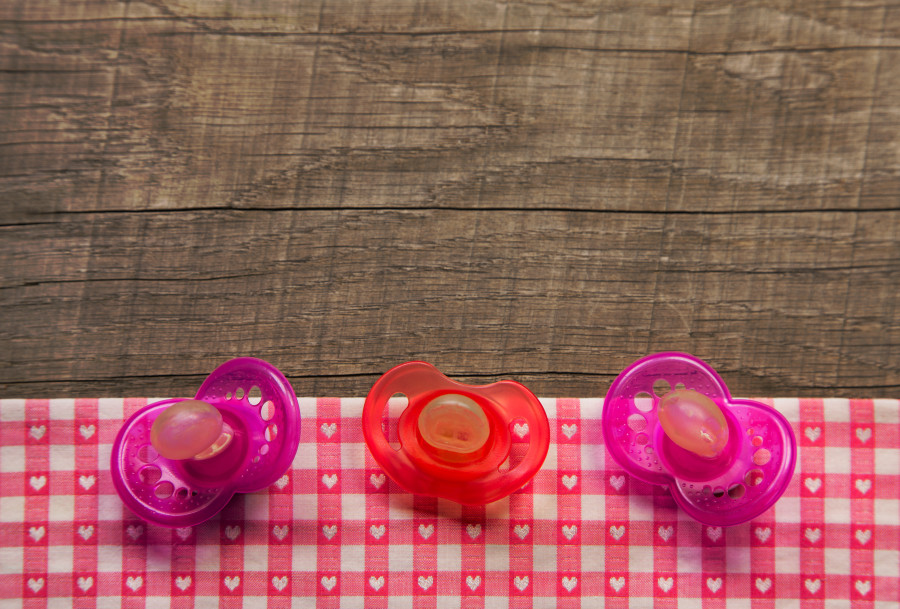Their dad, Thomas Hewitt, calls them the “Hewitt Hat Trick”—identical triplet boys born last month in Baltimore.
Most parents think their children are one in a million, but the Hewitts could make the claim without being accused of hyperbole. While triplets are rare, identical triplets are headline-making.
Hewitt, 33, told the Baltimore Sun that he and his wife, Kristen, 35, have color-coded the babies with clothing twine wrapped around a wrist and an ankle. Otherwise, how could they keep straight who’d been fed and who hadn’t, especially in the middle of the night?
Of the 3,932,181 babies born in the United States in 2013, the most recent year for which final data are available, 4,364 were part of a set of triplets, according to the Centers for Disease Control and Prevention, which doesn’t break them down into identical and fraternal. One estimate I came across puts the proportion of triplets that are identical at only 1 in 6, another at only 1 in 10.
While it might seem convenient to deliver three babies at once, multiple fetuses equal a high-risk pregnancy. More than 9 of every 10 triplets born in 2013 was preterm or low birth weight, according to the CDC. On average, triplets are born at 32 weeks, while single babies are born at 38.5 weeks on average, says the American Society for Reproductive Medicine (ASRM). Severe nausea and vomiting are more common with each additional fetus over one, and the chance of a cesarean section or forceps pregnancy is greater, according to the ASRM.
For identical triplets, an embryo has to split, and then one of the resulting two eggs splits again. Like most of the US women who’ve delivered identical triplets this year, Kristen Hewitt was not undergoing fertility treatments when she conceived, but many sets of triplets or quadruplets following in vitro fertilization include a set of identical twins.
This year alone, besides Hewitt, women in Minnesota, Texas, Montana, Arizona, California, Wisconsin, Indiana, Iowa and New York have given birth to identical triplets.
But you think identical triplets are rare? Consider the Jepps. Karen Jepp, who lives with her family in Calgary and had not undergone any fertility treatments, delivered identical quadruplet girls in a Great Falls, Mont., hospital in August. For identical quadruplets, an embryo has to divide three times. Dr. Jamie Grifo, director of reproductive endocrinology at NYU Medical, said on “Good Morning, America” that identical quadruplets are as rare as 1 in 15 million births.
Believe it or not, though, another set was born in October, when Marcie Dela Cruz delivered what is thought to be Hawaii’s first set of surviving quintuplets, including identical quadruplet boys.
Dela Cruz had undergone IVF, but only two embryos were transferred to her uterus. However, one of the embryos divided three times. The other embryo grew into their sister.
The babies were born at 28 weeks and 6 days gestation, weighing less than 3 pounds each, and doctors predicted they’d have to remain hospitalized for three months.
Dela Cruz gave birth two years ago to a son conceived through IVF. Shortly after the quintuplets were born, she told reporters, “I really just wanted a little brother or sister for him, and I got my money’s worth.”

